Bite Reconstruction
Impact of general health
Underlying issues causing tooth wear may be to general health, such as diet, change in the amount and composition of saliva (as a result of medication or medical condition), heartburn, reflux disease, sleep apnea, or stress.
Sour food and snacking between meals increase acid attacks. The research results on the impact of a vegan diet on tooth wear are controversial, but sour vegetables together with increased chewing are likely to accelerate tooth wear. Acidic soft drinks add to chemical stress on the teeth, as well as to enamel dissolution.
The symptoms of reflux disease are heartburn and regurgitation (that is, the acid stomach contents rising back up the esophagus and into the mouth). The factors contributing to reflux disease are overweight, fatty foods, and smoking. Regurgitation due to reflux disease is a more easily recognizable symptom than heartburn.
Heartburn causes a burning pain or discomfort behind the breastbone. Sometimes heartburn feels as if acid stomach contents were coming up along the esophagus. However, the symptoms of heartburn are not always clear, which can indicate underlying traveling of acid stomach gas into the oral cavity. Even if the quality of saliva is excellent, it will not be able to neutralize the strong stomach acids sufficiently. The acid attacks caused by heartburn and reflux disease wear away the dentition by dissolving tooth enamel and dentin.
Sleep apnea occurs when the narrow airways cause intermittent pauses in the flow of breathing air. As a result of negative pressure caused by inhalation, the flow of inhaled air is obstructed. The obstruction can be complete (apnea) or partial (hypopnea). The negative pressure also affects the esophagus. As a result, stomach acid is released through the esophagus into the oral cavity (reflux). Bruxism also is connected to sleep apnea. Therefore, this cyclically occurring triad, apnea-reflux-bruxism, can cause severe and rapidly progressive tooth erosion. According to the latest estimates, there are approximately 300,000 people in Finland (that is approximately 5 % of the population) suffering from undiagnosed sleep apnea.
Bruxism refers to an involuntary rapid-cycle gnashing and slow-moving grinding of teeth which can occur while awake or asleep. Factors that increase this activity are stress, heavy smoking, coffee, and alcohol. Bruxism is also linked to sleep apnea, dry mouth, and reflux disease. Reducing stress can relieve the condition. Strong and frequently occurring untreated bruxism damages teeth and their enamel, causes tooth fillings, structures, and tooth edges to crack, and wears down teeth surfaces.
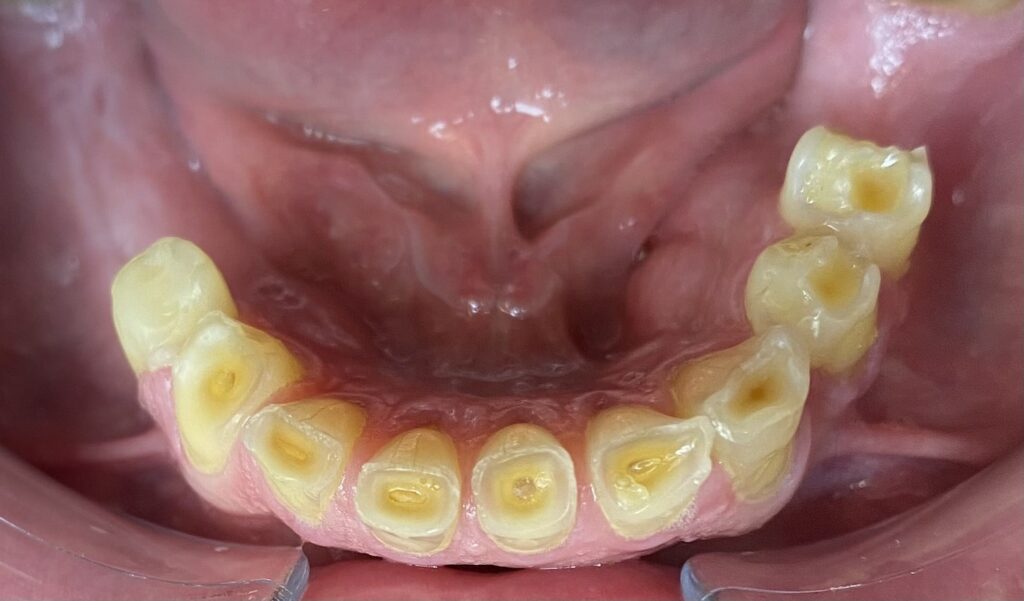
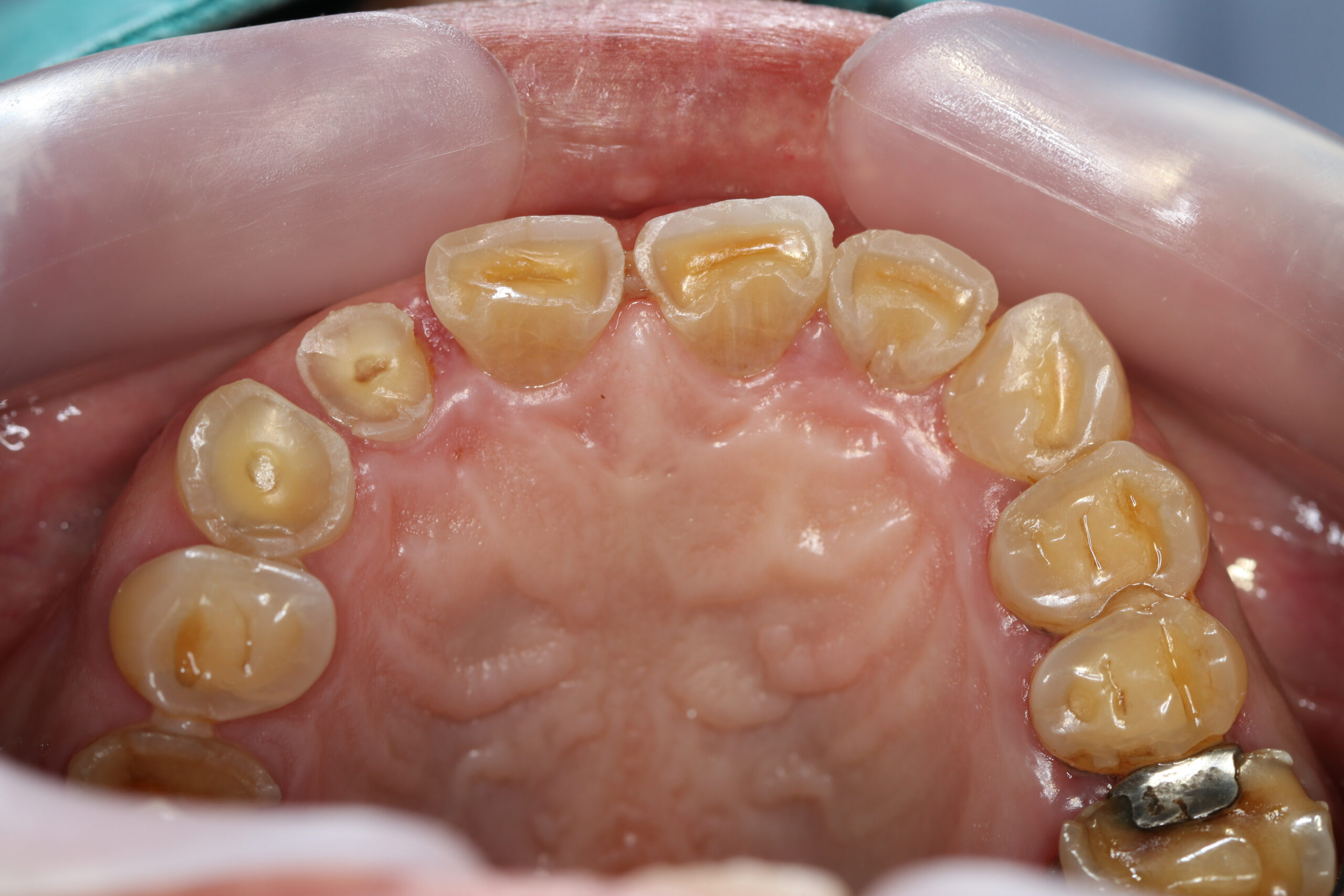

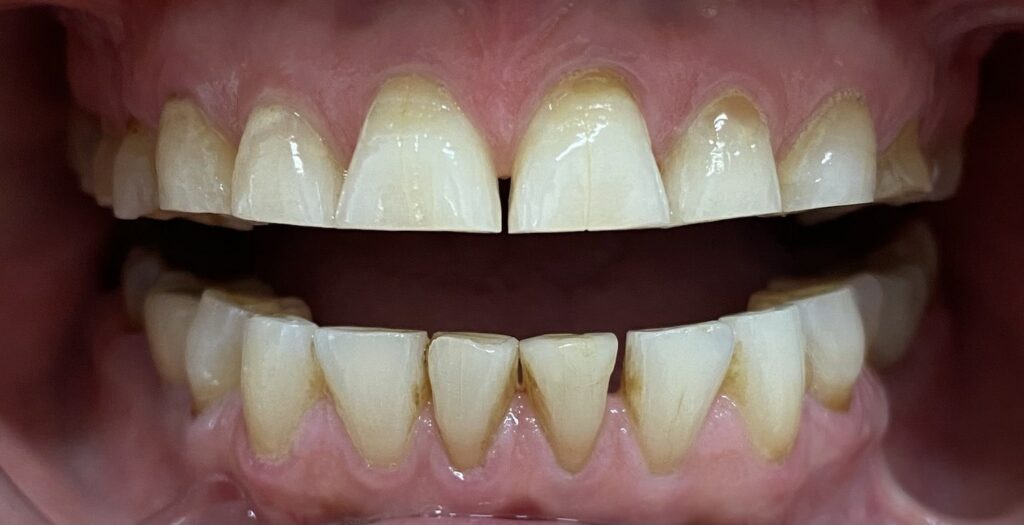
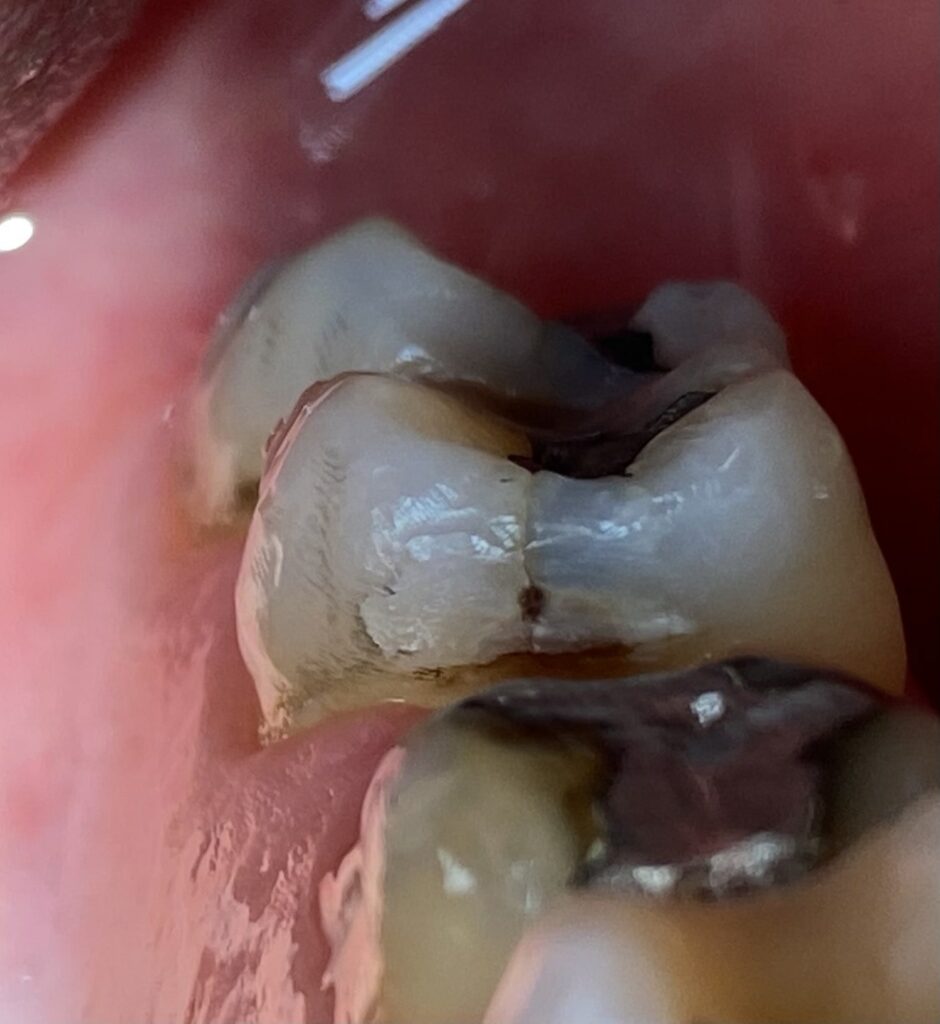
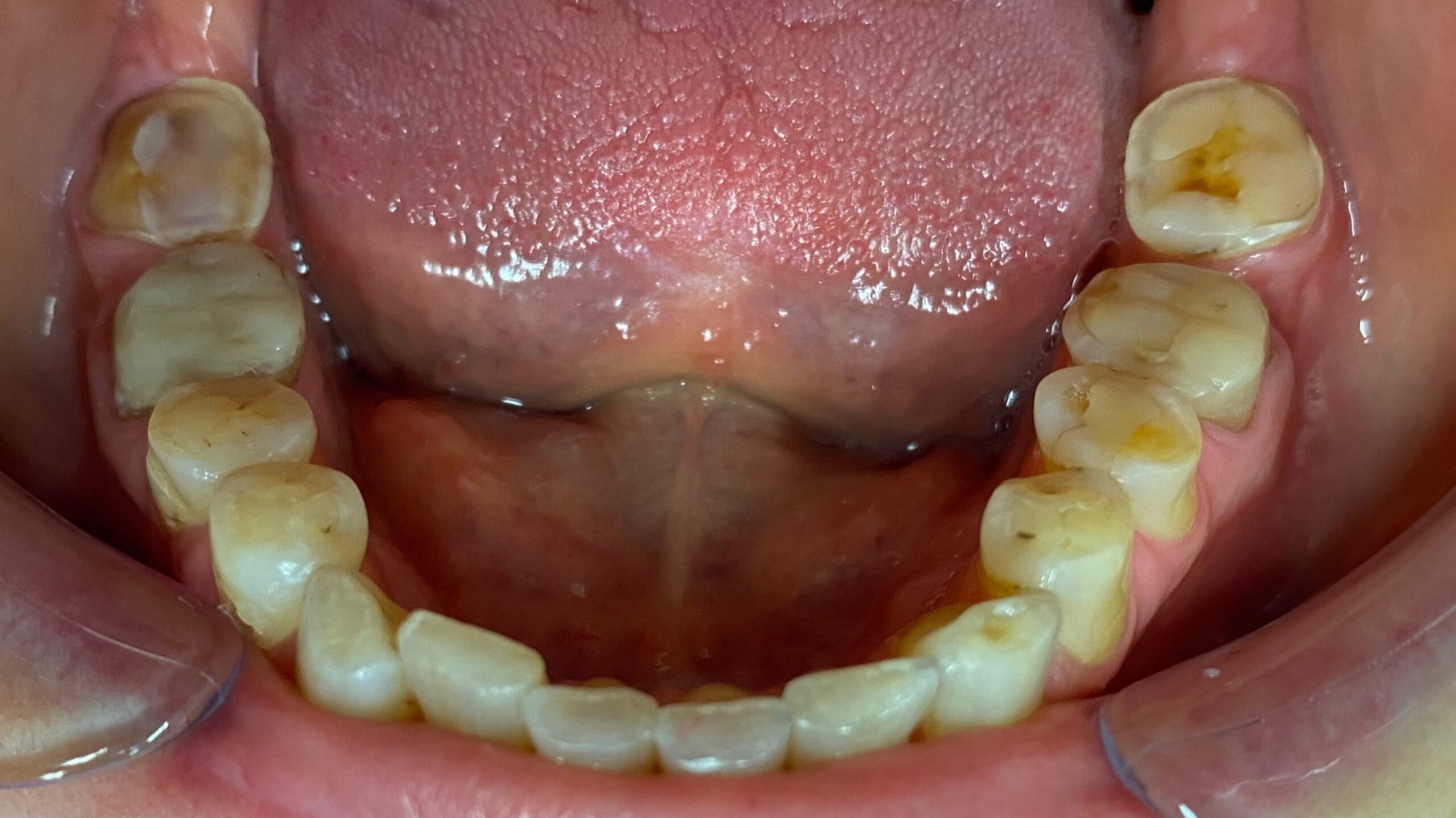
Impact of dental occlusion
Dental wear is a part of the normal aging process, but it becomes unphysiological when it follows a specific pattern. There is always a reason for dental occlusion or general medical condition underlying unphysiological wear, usually both of these. Dentition that has worked well for a long time and needed only minor operations can start wearing down unphysiologically; this can go completely unnoticed because wear does not necessarily produce any observable symptoms. When dental wear progresses further, symptoms like muscle pain, headaches, pain in the jaw joint area, repeatedly cracking teeth and/or fillings and structures, tooth sensitivity, worsening of periodontitis (a severe inflammation of soft tissues surrounding the teeth), and teeth splitting may occur.
As a result of wear, the canines bearing the lateral movement load do not function properly or reduce the forces applied to the other teeth. Due to lacking canine guidance, the forces generated by bruxism will grow and increase the incidence of cracks and fractures in molars and premolars, in particular. Canine guidance does not always work even if wear is non-existent; this indicates malocclusion. In bruxism, the lack of canine guidance increases the activation of the temporal muscle and thereby also the tendency towards headaches in the temple area.
Molars can wear down even if canine guidance functions properly. In this case, an extensive surface of the molars is usually covered with composite fillings. The softer the filling material is, the faster wear proceeds. When the molars rub together, they start wearing down. Inefficient canine guidance will extend the area of the rubbing teeth further. Composite fillings wear down fast compared to tooth enamel or teeth with ceramic structures. This process creates a vicious cycle of filling treatments with growing frequency as the surface of the composite filling gets thinner. The situation can lead to a phenomenon called super eruption.
It is impossible to make the composite filling thick enough, because, due to wear, the opposite tooth in the opposite arch tends to reach out too far into the filling in search of the lacking opposite force in its counterpart, the worn-down tooth. Therefore, there is a lack of free space between the two opposite teeth, and the surface of the worn-down tooth gets thinner, layer by layer.
As wear develops, the incisors (front teeth) also start showing signs of wear, which indicates that occlusal wear has progressed further. The incisors can also wear locally without affecting the occlusion as a whole; this happens, for example, in habitual nail biting. When the whole dentition is affected, the situation often starts worsening at an accelerated pace. This is because the harder enamel wears away and the softer dentin, which is more prone to wear, is exposed on the chewing surfaces. The progress of wear is particularly rapid in situations that involve, for example, untreated sleep apnea or reflux disease. Moreover, frequent chewing of bubble gum can cause severe tooth wear.
Highly localized tooth wear also occurs when the opposite biting surfaces consist of materials that are significantly different. Of course, each case is individual and depends on the tooth in question, the location, and the surface area of the fillings. In rehabilitative treatment, every effort is made to select only the restorative materials that provoke wear as little as possible.
When a composite or amalgam filling has cracked or a new cavity has appeared at the edge of a filling, a more durable structure is required. In molars and premolars, the composite fillings ranging from one interdental space to another or those replacing an entire biting surface and edge are too large to support the residual dental tissue. These large fillings are also prone to wear. As a consequence of high masticatory forces, this kind of structural material mismatch easily leads to cracking of the remaining tooth edges and leaking seams in composite fillings. In most cases, this kind of cracking progresses from the corner of the bottom level of the filling diagonally towards the gum line. If the bottom of the filling has already reached the gum line, the remaining tooth edge will crack even below this level. This type of crack is catastrophic, and removing the tooth is usually the only option. Since cracking starts under the filling, it is often detected too late. A careful analysis of bite and fillings may predict future problems with cracks. In this situation, old fillings need to be replaced by ceramic structures as a preventive measure. Dental ceramics are excellent materials for restoring molars and premolars.
Preventive and minimal treatment
Identification of occlusal wear and addressing its causes always constitute an essential part of rehabilitative and preventive treatment. In most cases, tooth wear is a result of several factors that pertain to both dental and general health. Early detection and treatment of unphysiological occlusal wear will always pay off. The efficacy of primary treatment is at its highest when the treatments can be started at the earliest possible stage.
Due to the high costs, teeth straightening treatment is not always possible. Bruxism can never be totally eliminated because it is coded in our brain, but relieving stress has been found to reduce the condition significantly. Without a doubt, bite guards provide essential protection against bruxism and reduce its symptoms. A proper bite guard has not only an ideal bite load, but also an integrated ramp for lateral movement resembling canine guidance. This prevents the contraction of the temporal muscle in lateral movements of the lower jaw.
However, not all patients will get used to a bite guard. In these cases bruxism can be treated by injecting Botox into the masseter muscles. Botulinum toxin paralyzes the muscle and, as a result, reduces the masticatory forces generated by the muscles. In addition to the treatment of disorders related to bite, the treatment of general diseases, such as sleep apnea and reflux disease, delay the wear of dentition.
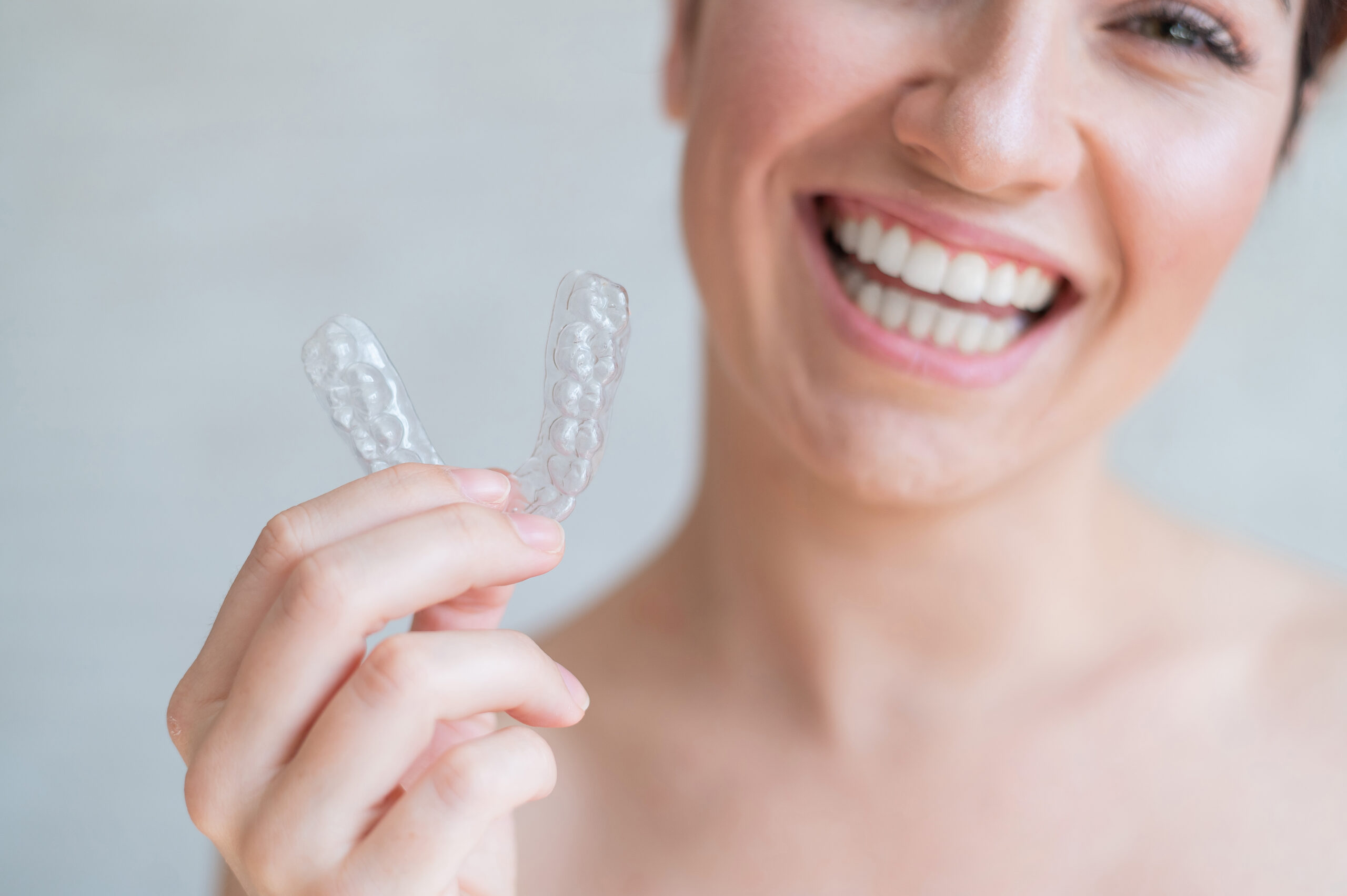

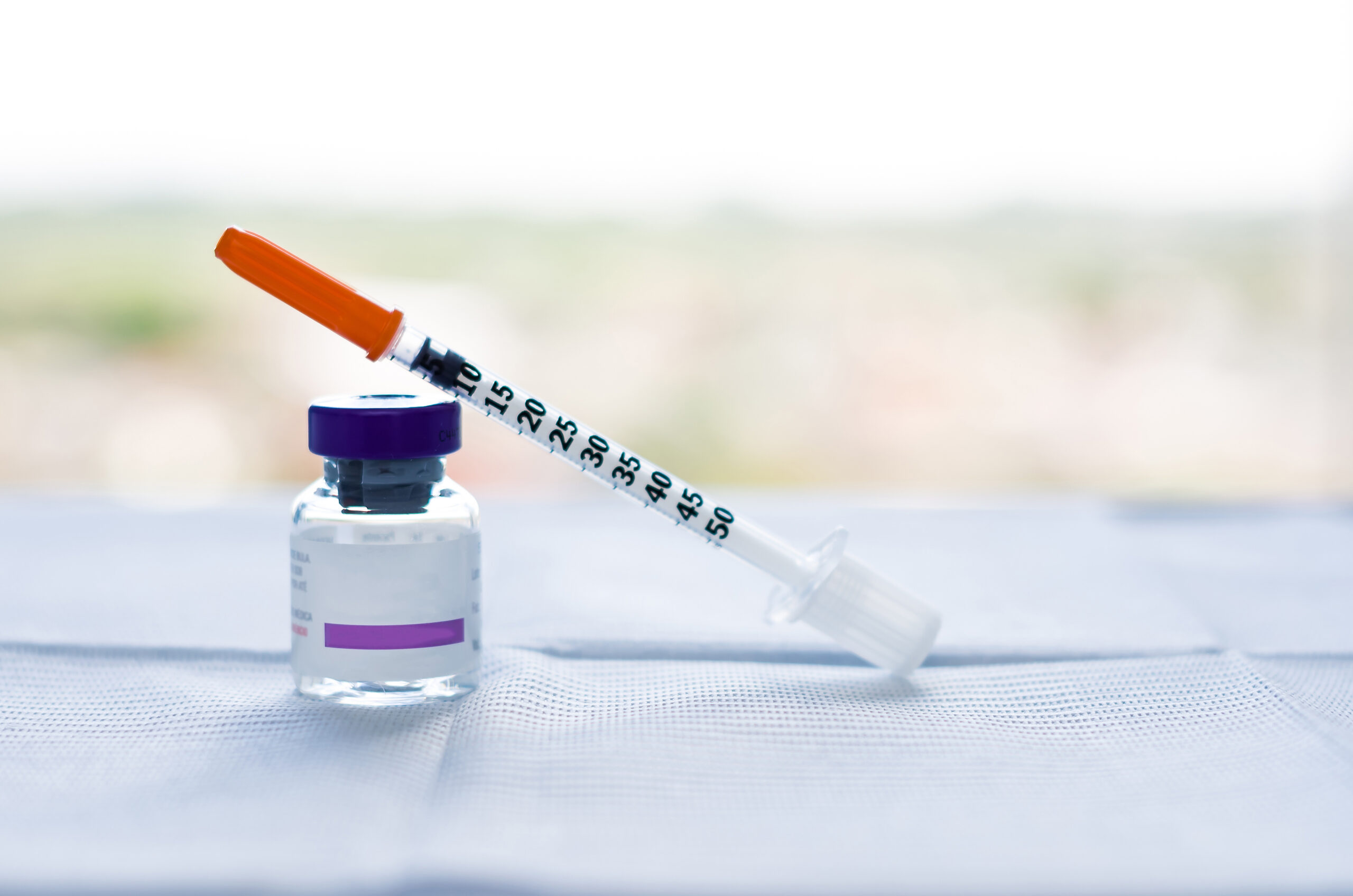
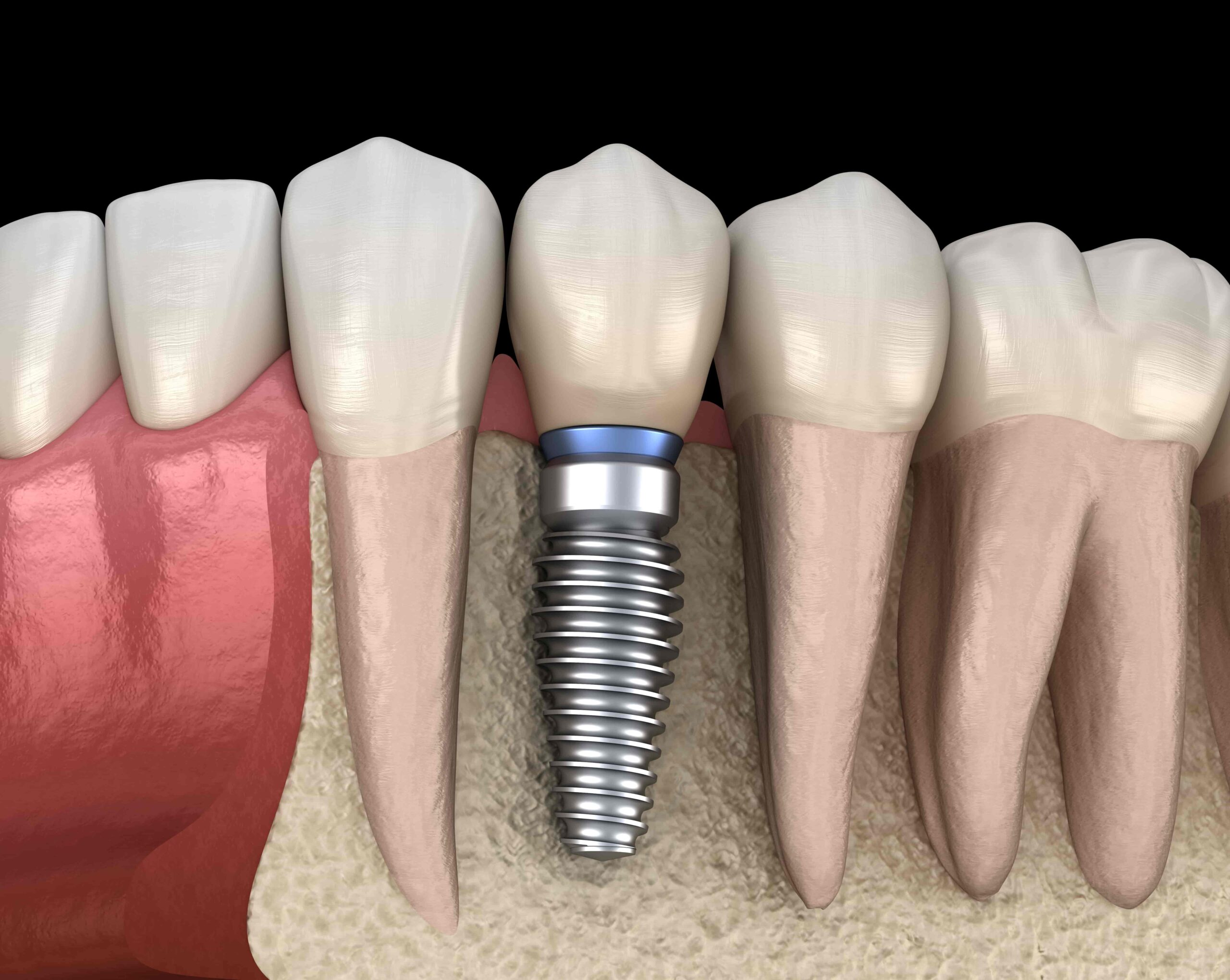
Prosthetic treatment
Bite reconstruction and full-mouth rehabilitation are a couple of the most demanding procedures in prosthetic dental care. Therefore, the primary treatment is to try to prevent teeth and bite collapse through other methods. In full-mouth rehabilitation the whole dentition has to be treated in one way or another instead of treating individual teeth. Therefore, during the process, it is of utmost importance to pay attention to a large variety of different factors to achieve the best predictable result, both functionally and esthetically. Bite reconstruction using solid ceramic structures is an expensive treatment overall, but its benefits compared to more inexpensive treatments are considerable. In the long term, the ceramic structures will keep the bite virtually stable, whereas treatment with composite fillings has to be repeated after 5–15 years of use.
In bite reconstruction, the amount of the addition needed is measured. Usually 1–3 millimeters is sufficient to restore the worn-down teeth to their anatomic shape with the help of different structures. The need to raise the teeth is always defined individually and recorded as repeatable. The teeth are scanned, and based on these images, the treatment is planned with CAD. CAD is used to create an esthetically and functionally optimal dentition. The design is tested with the help of 3D printed models and molds. Then, the sequence of treatments can begin, or the amount of the addition can be increased or decreased further for optimal comfort and esthetics.
Bite reconstruction takes advantage of combinations of several methods (these are described in the SERVICES section). In most cases, both molars and premolars are crowned or restored with ceramic restorations. If the incisors also show wear, they can be restored either with the injection molding technique or ceramic veneers. If the incisors have fillings, too, they can be covered with ceramic crowns. If the dentition is severely worn-down, a crown lengthening surgery is required for setting the crowns. Extensive treatment of bite can be implemented for other reasons, also, than obvious wear. Deep traumatic bite can be treated with localized reconstruction of molars and straightening incisors with aligners. The cases are highly individual and require comprehensive planning.
When the bite treatment is completed, and when the patient has become used to the restored bite, it is time to make a bite guard. A bite guard will protect the structures and teeth against the damages of bruxism and thus lengthen the duration of the structures and the adhesion grip.
